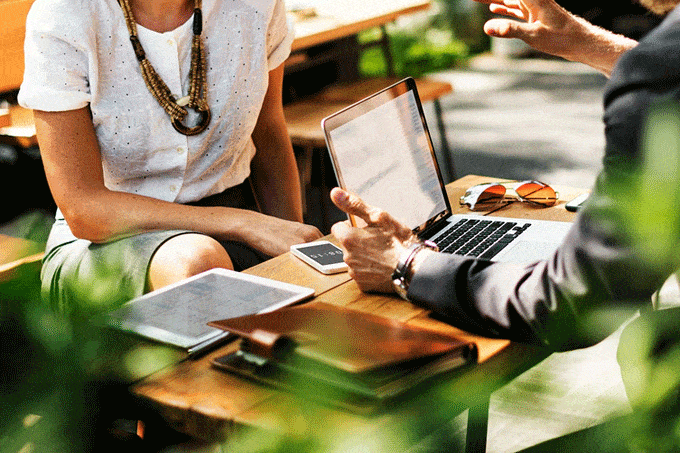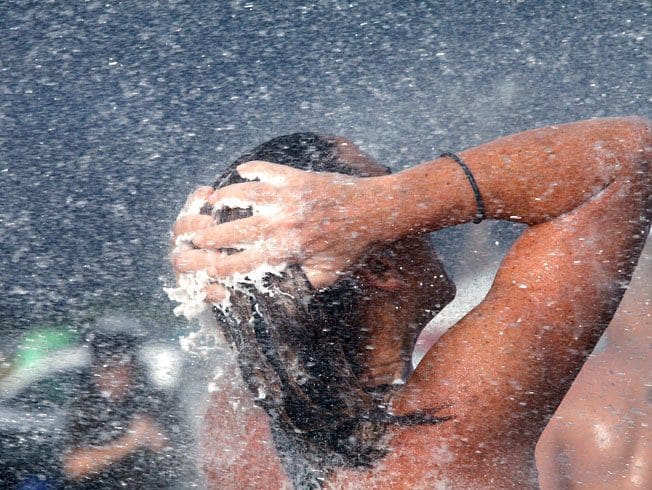words Alexa Wang
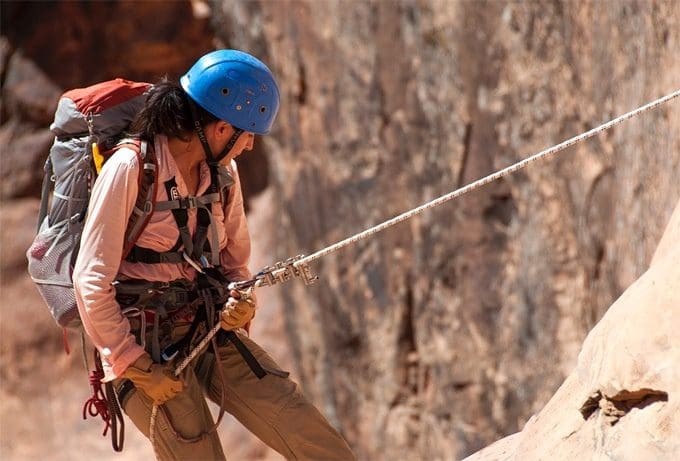
Rock climbing is a wonderful sport. It exercises many body parts and muscles and can be a great way to get your adrenaline going. But before you get on those ropes, there are a few things that you need to consider to prioritize your health and safety.
These tips will range from precautions you need to take before any climb to the habits you keep during your climb that will keep your safety on your mind at all times.
Trusted And Experienced Climbers
When it comes to rock climbing, you always want to ensure that you are climbing with a group or partners that have the proper experience and knowledge, especially if you are newer to the sport. Even if you are a seasoned climber, you want to know that those on the other end of your rope are people that you can trust and confident in their skills. This might involve having members of your team taking classes. These are the people you will be relying upon to belay you or lead your climb. If they are lacking in the skills or communication to do the job or task they are assigned, then they are putting everyone in danger. It is also good to have members of your climbing party brush up on their CPR knowledge.
Gear
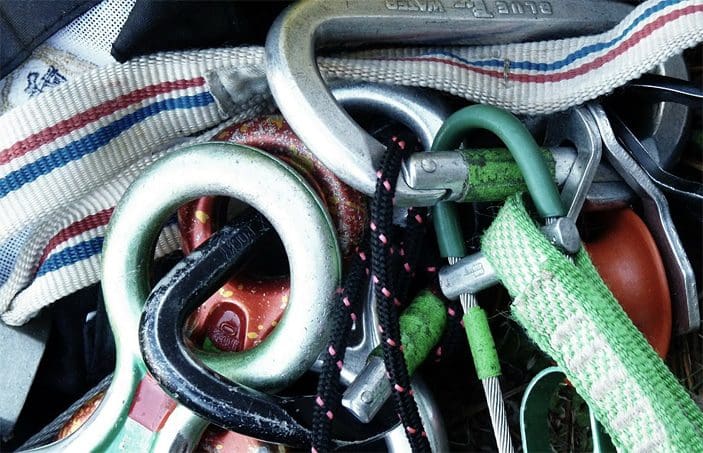
Prior to climbing, you want to ensure that you have all the proper gear. This will include safety gear such as shoes, helmets, harnesses and ropes. Depending on the terrain, you may also want crampons to provide extra grip and stability. Crampons are metal spikes that attach to your shoes or boots and can help you ascend an icy or snowy slope with ease. Just make sure to read the guide to the best mountaineering crampons as some crampons are designed for specific situations. You want to make sure that your safety equipment fits your body, not leaving anything too loose as that can spell danger. The experts as https://www.mapleleafropes.com/ reiterate the importance of getting the proper rope lengths for your different climbing expeditions. If you are ever hesitating, it is a good idea to go with longer rope and more than you need than ending up with something too short. As well, prioritize helmets because although many choose to not wear a helmet, the fact remains that climbers of any skill can run into problems. These situations of falling debris or slipping that can cause climbers to hit their heads and at the end of the day, It is better to be safe when it comes to climbing.
Checking And Double Checking
Be diligent when it comes to checking your gear. Make sure that you take the time before and after your climbs to inspect your gear. Of course you want to be checking them as you climb, but being diligent when it comes to checking the quality of the safety gear you are climbing with can keep you away from danger. During your climb, you want to be ensuring that you have taken the time to check not just your gear but things like your harness, the clips, the ropes, the knots you are tying, and the belay system. Check that your threads are clean and that everything is attached and locked properly.
Communication
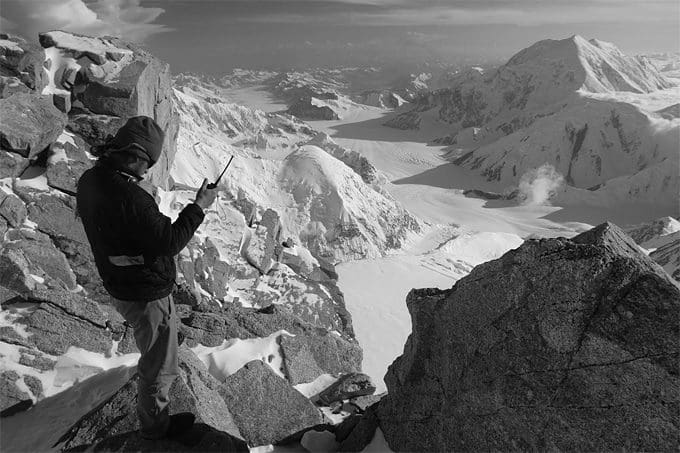
Communication is one of the most important aspects of climbing. This is crucial for climbers of all ages and skill sets. Others are relying on you out there and it is important to constantly be communicating things like movement or dangers to be aware of. It is also important for those that are in charge of belaying to not allow yourself to be distracted and to not distract others if they are doing so. This means you shouldn’t be having conversations or talking as this can be distracting during a crucial climb. If you aren’t climbing in a quieter location, you may have to compete with surrounding noise of cars on a road, water, or other climbers. It is important to be clear and acknowledge that you are hearing each other.
Awareness
Awareness during your climbing experience can be just as important and works hand in hand with communication. You will want to communicate things like safety concerns or ideal routes during your climbs to avoid dangerous situations. It is important for all parties to hold a high level awareness, from lead climbers down to the belaying team, as you can see different things from different vantage points and communicate what the others might not see.
Climbing can be a dangerous sport, but that risk of danger can be greatly minimized if you take the proper precautions. Properly go through everything you need, form gear and equipment, making it a habit to double check everything before, during and after. Keep your communication loud and clear. Make sure to keep you and your climbing buddies safe with these guidelines.


